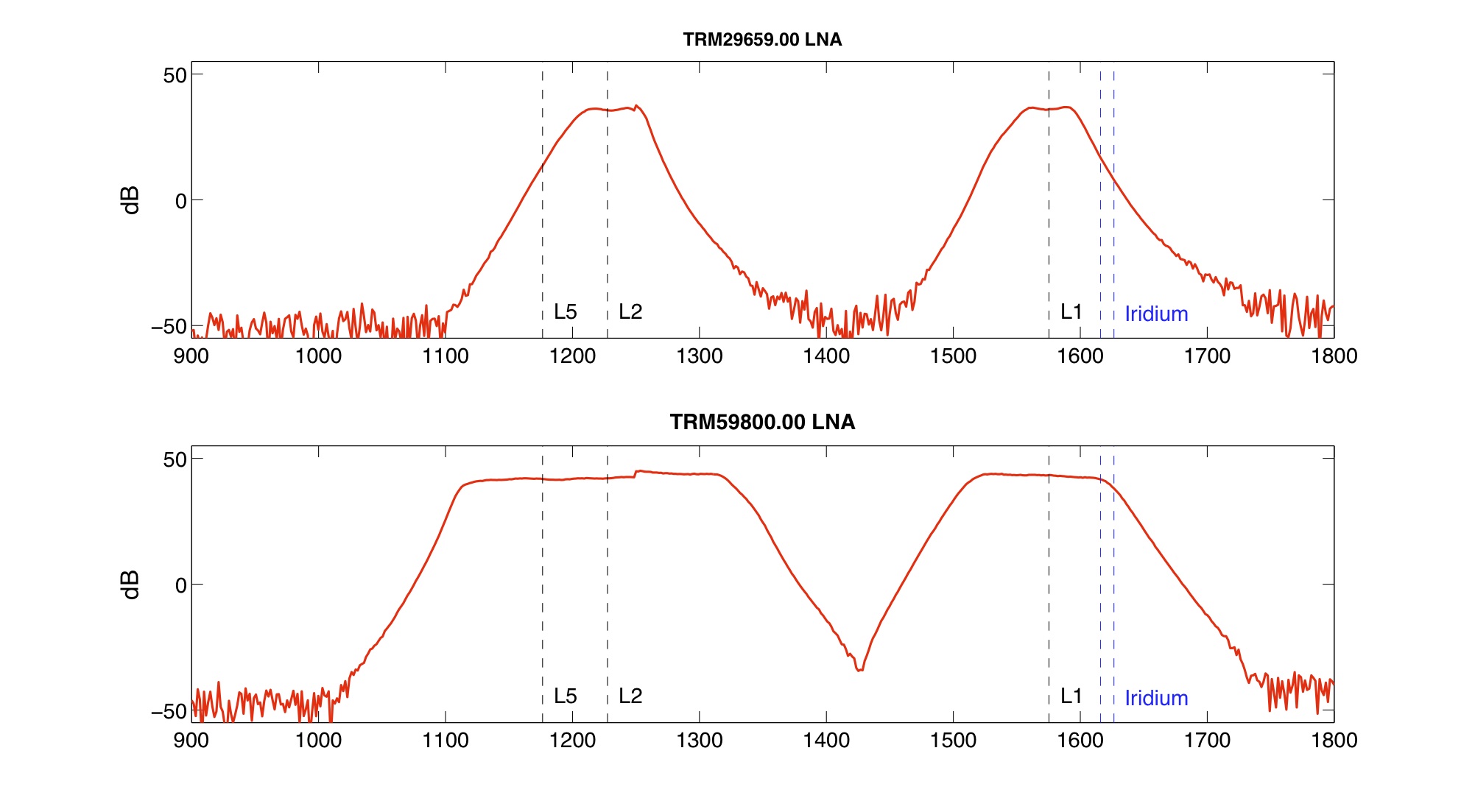Instrument/Equipment Development & Testing
The UNAVCO Development and Testing (D&T) staff provides user specifications and requirements for our scientific community and the results from testing GPS/GNSS equipment from a variety of manufacturers. As UNAVCO increases the number of GNSS-capable geodetic systems in its equipment pool each year, the D&T staff will be providing experimental data and analysis helping guide UNAVCO and the community in the evaluation of these new GNSS instruments. We also contribute Knowledge Base articles that include up-to-date firmware and software distribution pages for UNAVCO supported equipment, as well as engineering best practices.
UNAVCO Knowledge Base:
UNAVCO community members can Request Support for equipment repair and testing, and development of new instrumentation. For example, requests may include, but are not necessarily limited to: extreme thermal tests, antenna motions tests, testing of new GNSS receivers and antennas, new receiver firmware, new receiver options, or testing of new communication or powers systems.
Members can also email instrumentation![]() unavco.org with their D&T instrumentation/equipment inquiries.
unavco.org with their D&T instrumentation/equipment inquiries.

Gain vs. frequency for a Trimble GPS Choke Ring antenna LNA (top) compared with a Trimble GNSS Choke Ring LNA (bottom). Testing has shown that the amplified bands in the newer GNSS choke ring antenna have been widened. Wider amplified bands improve reception of new GNSS signals; however, the increased bandwidth also makes stations more susceptible to radio interference.
Last modified: 2019-12-24 01:47:04 America/Denver
)